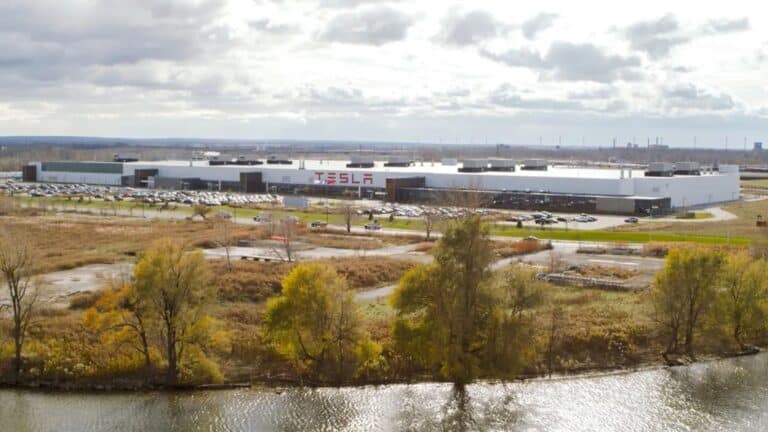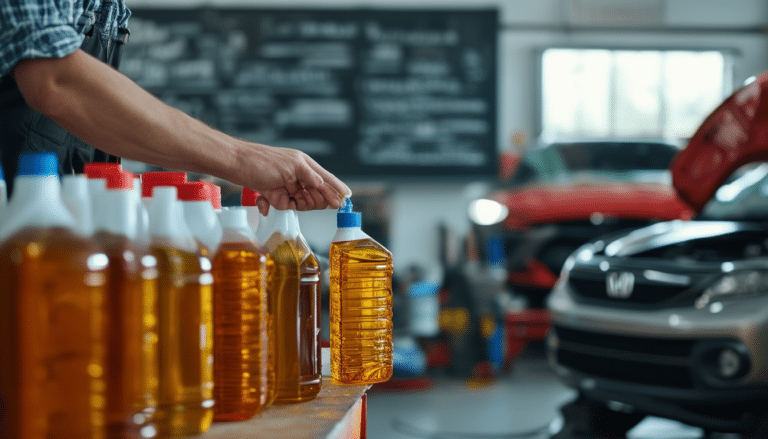How to improve energy efficiency in old buildings
The energy efficiency in old buildings is a crucial aspect for reducing their environmental footprint and adapting them to modern sustainability regulations. As concerns about climate change and resource consumption continue to rise, it is essential to seek solutions that improve efficiency without compromising the aesthetics and historical value of these constructions. Implementing appropriate measures not only contributes to energy savings but also enhances the quality of life and comfort of its occupants.
Energy efficiency in old buildings has become a priority for both administrations and owners. These properties, often characterized by their historical and architectural value, present unique challenges in terms of energy consumption. Through appropriate measures, it is possible to modernize them without compromising their essence, thus achieving a significant reduction in the carbon footprint.
Strategies for Energy Rehabilitation
Energy rehabilitation is one of the main strategies for optimizing the efficiency of old buildings. It involves a series of actions aimed at improving energy performance through the updating of their components. This includes everything from thermal insulation to the restoration of architectural elements that contribute to sustainability.
Insulation of Facades, Roofs, and Windows
One of the first steps to improve energy efficiency is insulation. Properly insulating roofs, facades, and windows can significantly reduce heat loss in winter and overheating in summer. The installation of double or triple-glazed windows and the use of insulating materials in frames are measures that promote better airtightness of the building.
Modernization of Heating and Cooling Systems
Updating heating and cooling systems is crucial. Transitioning to more efficient systems, such as high-efficiency boilers and heat pumps, can greatly decrease energy consumption. Additionally, regular maintenance is essential to ensure their optimal operation and extend their lifespan.
Incorporating Renewable Energy
The implementation of renewable energies is another effective measure to improve the energy efficiency of old buildings. Installing solar panels can be an excellent option, especially in areas where the climate allows for maximizing sunlight. These solutions not only reduce reliance on non-renewable energy sources but can also generate substantial long-term economic savings.
Improving Lighting
Optimizing the lighting of spaces is a strategy often underestimated. Promoting the use of natural lighting through the redistribution of spaces and the installation of skylights can reduce electricity consumption. Moreover, replacing incandescent bulbs with LED bulbs also contributes to a more efficient use of energy.
Using Efficient Appliances
Replacing old appliances with more efficient models is an action that positively impacts the energy efficiency of the building. By choosing appliances with a high energy label, significant reductions in consumption can be achieved, leading to lower monthly energy bills.
Final Considerations
As we move towards a more sustainable future, improving energy efficiency in old buildings is a fundamental step. This not only preserves cultural heritage but also contributes to environmental protection. The combination of these measures will allow building owners and managers to make more responsible use of energy resources.
Energy efficiency in old buildings is a crucial topic in the current context of sustainability and environmental care. These properties, which often have significant historical and architectural value, tend to present great challenges in terms of energy consumption. However, there are multiple strategies that allow for improving their energy performance without compromising their integrity.
One of the first actions to consider is thermal insulation. Improving insulation in roofs, walls, and windows is essential to minimize heat loss in winter and heat gain in summer. Additionally, installing double or triple-glazed windows can make a significant difference as it helps maintain a constant temperature inside the building, reduces the use of heating and cooling systems, and therefore, energy consumption.
Furthermore, it is essential to update heating and cooling systems. Opting for more efficient technologies that utilize renewable energy sources, such as solar energy, contributes to a significant reduction in energy consumption. Implementing LED lighting and maximizing natural light in spaces can also lead to important savings and create more pleasant environments.
Finally, conducting an energy audit is a key tool for identifying areas for improvement and establishing policies that promote more efficient energy use. The combination of these strategies not only improves the energy efficiency of old buildings but also contributes to preserving cultural and environmental heritage for future generations.




